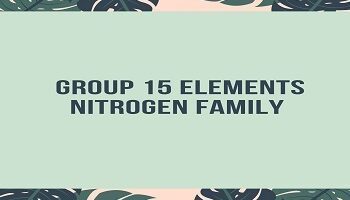Xeric Adaptations in Xerophytes:
Like the xerocoles, the xerophytes are plants of dry habitats where the availability of water from the soil is low and evaporation from aerial parts is high. Xerophytes are also called desert plants because most of them occur in deserts. Xerophytes are of four types-
(1) Ephemerals- Also called Drought Escapers. They are plants that evade dry conditions by remaining in the form of seeds but live for a brief period and complete their life cycle during the rains. Example- Argemone mexicana, Euphorbia prostrate, Tribulus terrestris.
(2) Annuals- Also called Drought Evaders. They are plants that continue to live for a few months even after rains in hot dry conditions. They have modifications to reduce transpiration. Example- Echinops echinatus, Solanum surattense.
(3) Succulents- Also called Drought Resistants. Succulents are able to resist drought by storing water in their fleshy organs (stems, leaves, roots) and utilizing the stored water slowly by reducing transpiration to a bare minimum. Example- Stems (Cacti, Opuntia, Euphorbia splendens), Leaves (Aloe, Agave, Begonia and Bryophyllum), Roots (Asparagus). The succulents in which leaves become fleshy are called chylophylous or malacophyllous xerophytes. Example- Aloe. In cacti, leaves are reduced to spines to reduce transpiration, whereas stems are modified into fleshy and spongy structures (chylocauly or caulocauly) to serve as water storage organs. They have a spreading root system in the surface layer of the soil to enhance water absorption during the brief rainy season. Thus succulents suffer from dryness, in an external environment only. Many desert plants such as cacti and other succulents possess the CAM (crassulacean acid metabolism) pathway of photosynthesis. They close their stomata during the day and open them at the night to reduce transpiration.
(4) Non-succulent Perennials- Also called Drought Enduring or True Xerophytes. These plants such as Acacia nilotica, Calotropis procera and Ziziphus jujuba are able to maintain growth under critical dry conditions and high temperatures. They have the following adaptations-
- They have very extensive root systems.
- To minimize the rate of transpiration there are-
- Either no leaves (example- Capparis) or small-sized leaves (example- Acacia nelotica).
- Shedding of leaves under stressed ecological conditions.
- Deposition of a thick layer, called cuticle, at the surfaces of leaves and stems.
- Presence of hair and or waxy coating on stems and leaves.
- Sunken type of stomata on leaves.
- Stems become woody, dry, hard, rigid and covered with thick bark.
- Leaf surfaces are generally shining and glazed to reflect light and heat. Example- Zizyphus jujuba.









Comments (No)